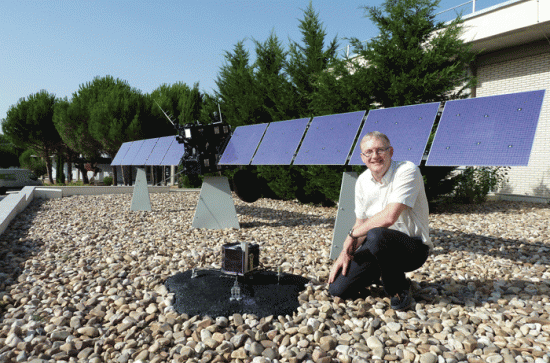
Maynooth Alumnus at European Space Agency (ESA) speaks at National Astronomy Meeting
On the 30 of September 2016, the European Space Agency’s historic Rosetta mission ended with the controlled impact of the Rosetta spacecraft on to a comet it had been investigating for more than two years.
Launching in 2004, it took Rosetta 10 years to arrive at that comet which it followed in its journey around the sun, watching its tail grow from being non-existent to spanning a length of many millions of kilometres. In the process, the mission gained an understanding of what was happening to the comet itself to produce that tail.
Rosetta was the first spacecraft to orbit a comet and the first to deploy a lander, Philae, on to its surface. The science it produced from its many instruments was unique and has changed the understanding of how comets work and indeed what role they might have played in the formation of life on the Earth.
Rosetta did not disappoint in this regard, detecting the amino acid glycine, which is commonly found in proteins, and phosphorus, a key component of DNA and cell membranes. Numerous organic compounds were also detected by Rosetta from orbit, and also by Philae in situ on the surface. In addition, molecular oxygen, nitrogen and other gases existing in our atmosphere were found in the coma of the comet.
Speaking at the Irish National Astronomy meeting, hosted by the Maynooth University Department of Experimental Physics on 7 September, Laurence O’Rourke, Maynooth alumnus, who works on the Rosetta mission, said: “Rosetta really delivered on its promise – the information which was returned to Earth will keep a lot of scientists busy with analysis for many years to come. Certainly, with Rosetta we found clear evidence that life could exist outside of our planet.
"Reaching this conclusion and getting so much science from the satellite was not an easy task for us. We learned from the Rosetta mission that it’s really dangerous to fly around and land on a comet that is exploding both dust and gas into space.”
